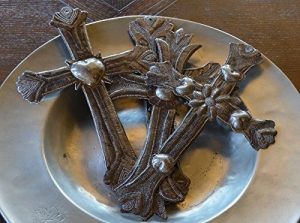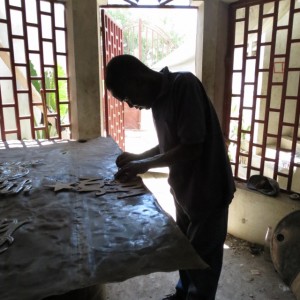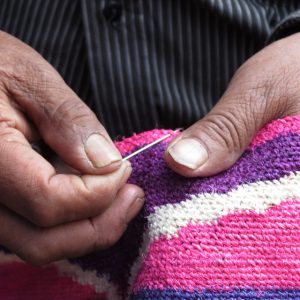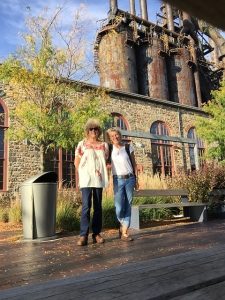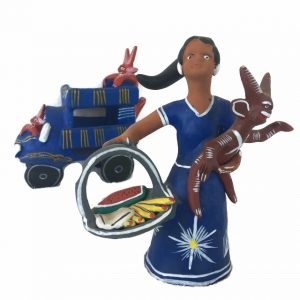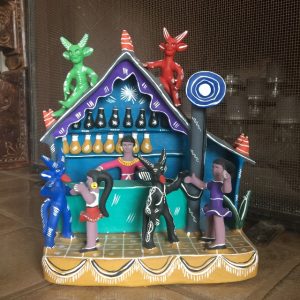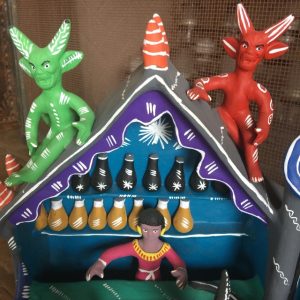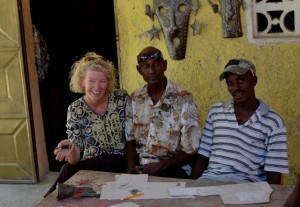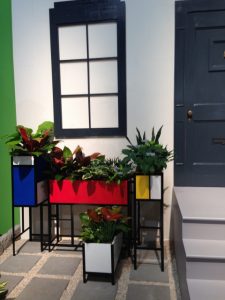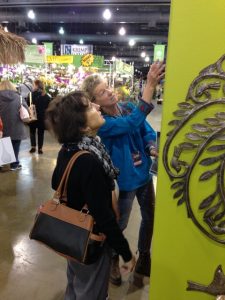Underway in Philly at the Flower Show
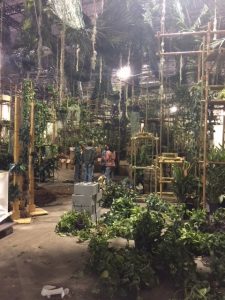
The Convention Center becomes a virtual construction site as exhibitors prepare for this year’s Flower Show.
Preparations are underway for the opening of the 2018 Pennsylvania Horticulture Society’s annual Flower Show. Exhibitors are bustling, loaders are hauling, forklifts are beeping, and tens of thousands of glorious flowers are being placed in artful array, ready to bloom their little hearts out. Somehow, amid the chaos of set-up, everything falls spectacularly into place. The show doors are flung wide to welcome an estimated 250,000 gardening enthusiasts, flower lovers, and visitors who are simply ready to escape the greys of winter.
For our part, Casey is on site and hard at it, putting together the It’s Cactus booth. Everything is trucked overland
weeks in advance; the solid structure that is the booth itself as well as hundreds of pieces of Haitian metal sculpture, screws, drills, lighting, business cards, a TV, cash register tape, shopping bags, and, and, AND! For a while, the booth resembles nothing so much as a 3-D puzzle, but bit by bit, the pieces come together. New sculptures as well as old favorites will be unwrapped and arranged, ready to be discovered by happy, exuberant shoppers.
And so it begins! Opening times are as follows: Saturday March 3 – Sunday March 11, 2018. Hours. Saturday, March 3 — 11 am – 8 pm. Sunday, March 4 — 8 am – 9 pm. Monday – Friday — March 5 – 9: 10 am – 9 pm. Saturday, March 10 — 8 am – 9 pm. Sunday, March 11 — 8 am – 6 pm * last entry at 5 pm. Member’s Preview Hours. Friday, March 2 — 12 pm – 3:30 pm.
We hope to see you at The Show!
Contributed by Linda for It’s Cactus




